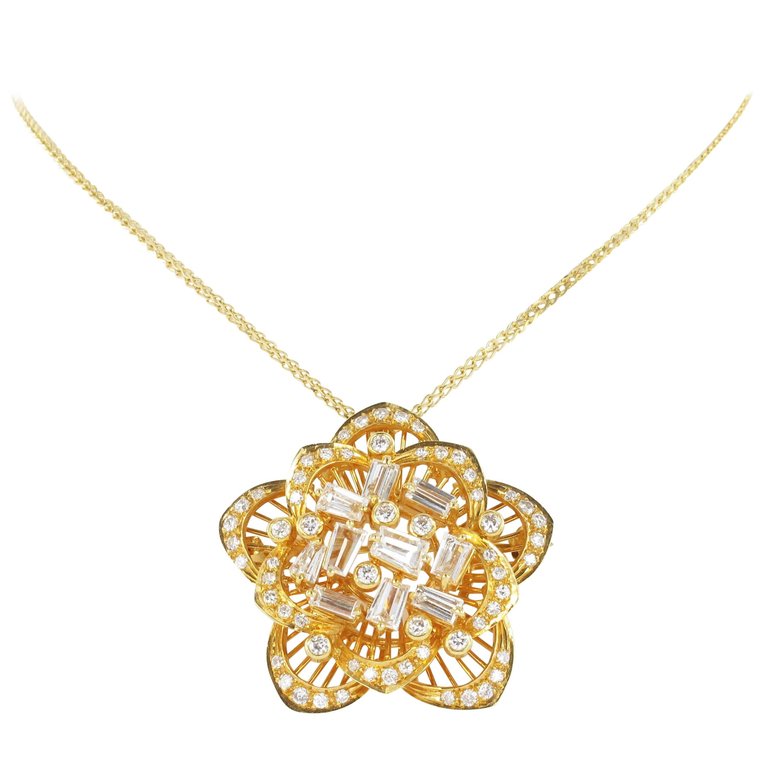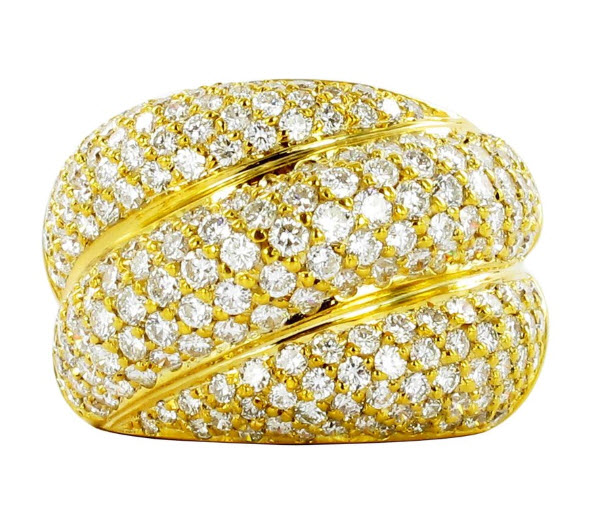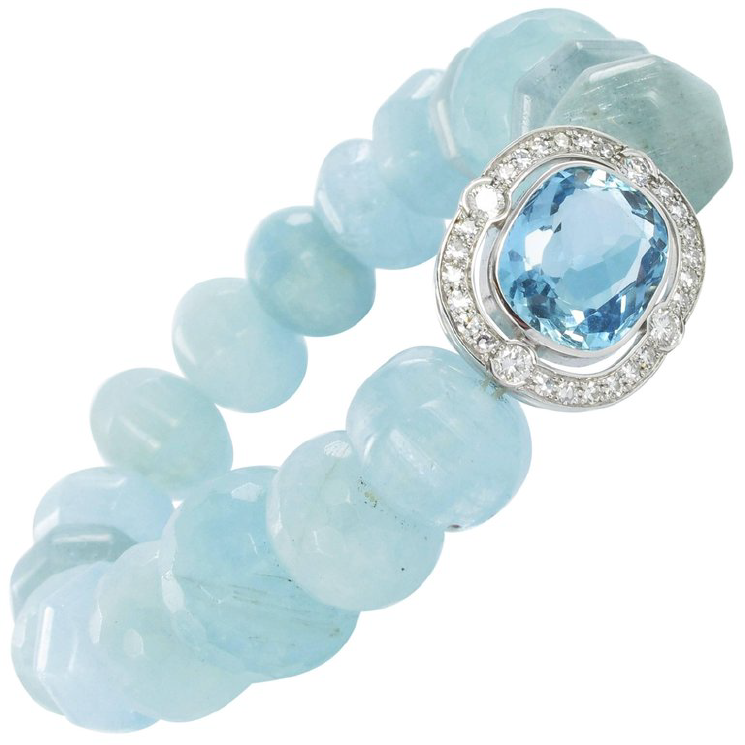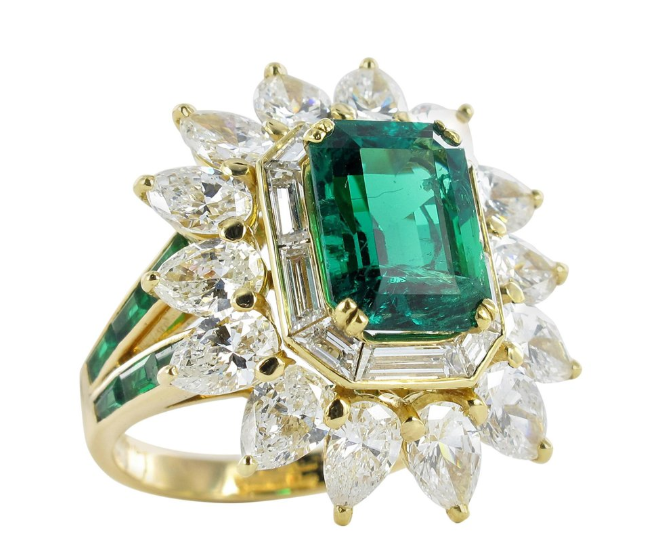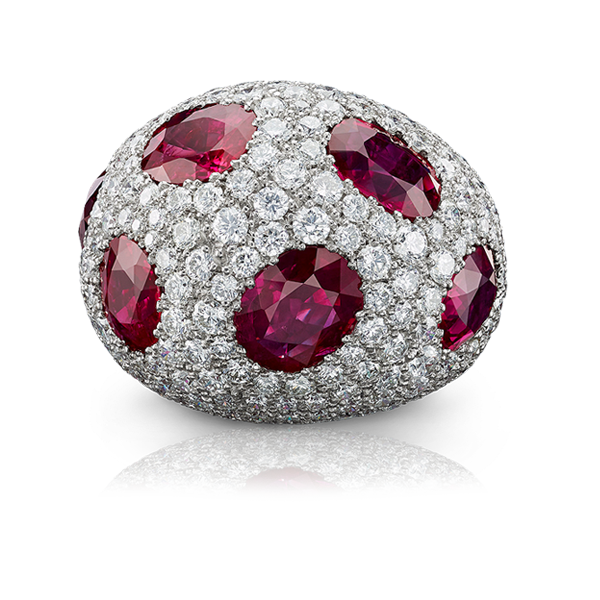
Nothing but the highest quality when purchasing jewellery
As a connoisseur, collector or investor, you are constantly on the lookout for the perfect masterpiece, coveted works of art with a unique style or precious cut gems of a specific size or exclusive origin. Draw on our expertise and allow us to find you specifically requested pieces: from diamond jewellery and fine coloured gems to sought-after vintage compositions. Thanks to our global network of expert business partners, we can help you advance your search for exquisite pieces of jewellery or gemstones.
– Buying jewellery –
Buying Jewellery
We are more than happy to advise you in person in our Zurich salesroom or at one of our various trade fair stands. In our online shop you will also find a small selection from our assortment of over 1,000 exceptional pieces for your collection, gifts or asset Portfolio.
– Zurich –
Zurich salesroom
Edigem Ltd. opened its first sales location in Zürich in early 2019, under the name
EDIGEM Fine Jewels.
EDIGEM Fine Jewels
Limmatquai 62
8001 Zurich
– The history of jewellery –
Jewellery periods and history
Precious jewels are as diverse as time and the master hands from which they originate. A bijou links a grand past to a brilliant future. Find out more about the ages of everlasting beauty – we look forward to sharing our knowledge with you.
